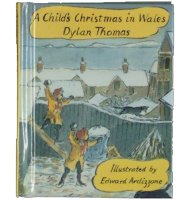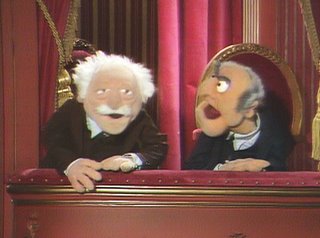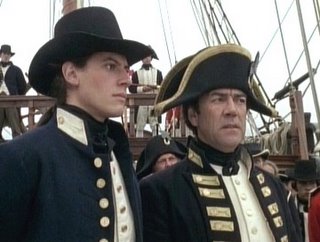
Over the past few weeks, my fellow Riskies have discussed research, historical accuracy, and how nitpicky is too nitpicky (or not), as well as how easy it is to get swept away by research. I am in the middle of writing a Regency-set historical, and am having some of the same problems, but from another angle: I don’t want to do the research.
It’s not that I’m not interested, because I am terribly interested in all the stuff I should be researching, it’s just that time is at a premium, and any time spent away from writing is . . . time spent away from writing. I already have a procrastination issue, I know how easy it would be for me to dive in to do the required research, not to surface for several weeks. Since I don’t plot in advance, and I always forget to take notes when inspiration strikes, I panic at the thought I might lose a thread of the plot, or a really good idea for the next conflict. Time spent away from the writing–well, you get the idea.
In my opinion, the best historical romances are those that are imbued with the whole world of the time period, not necessarily the ones that reveal the most knowledge. My favorites are those that only show the tip of the research iceberg–going with the floe, so to speak. I feel fairly confident I get the historical tone right in my writing, but I know I have fallen down on the research job (my dad is my research partner, and he put in all the work on A Singular Lady, but I did not double-check his notes when it came to titles and special licenses, my two most egregious errors. Definitely my bad, sorry Dad).
Right now I have to spend some time finding answers to some of these questions:
What were people who came from the Ottoman Empire called during the Regency? Turks? Ottos? Footstools?
What were relations like between the Ottoman Empire and England during the Regency? Did the government take any official stand on the Ottoman Empire’s holding of Greece?
What was banking like? The stock market? (I read A Conspiracy of Paper, but that is about sixty years too early, and I don’t recall the details, just that it was a good story).
If there was a public ruckus, who came in to break it up and haul the miscreants off to be punished?
Could a man unbutton a lady’s gown if he were standing in front of her? And if he could, could he do it with one hand?
What did practicers of The Fancy (boxing) wear to practice?
And now? I have stalled enough. Before I get back to writing, I have to–darn it–go do the research.
Megan
www.meganframpton.com








